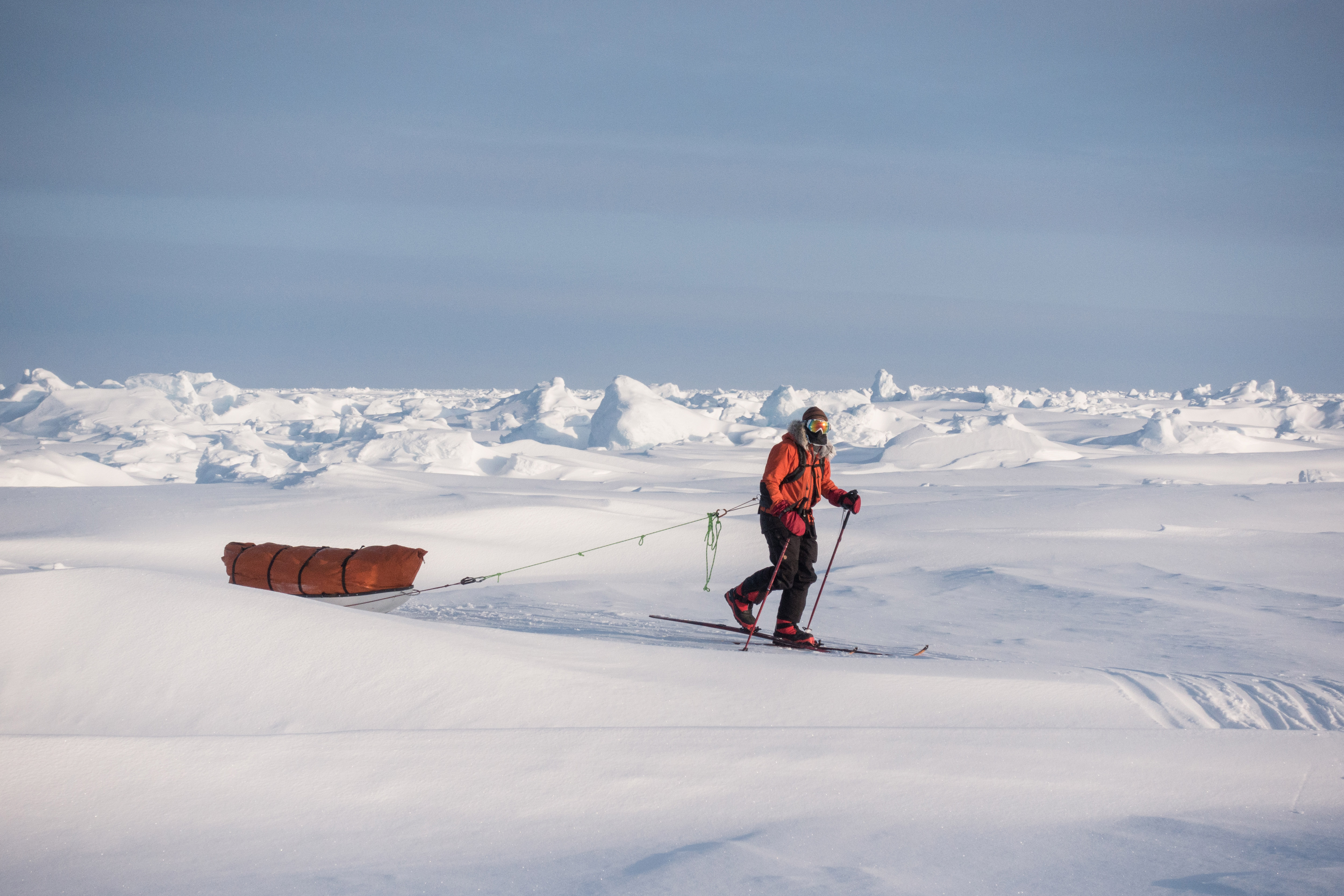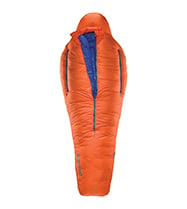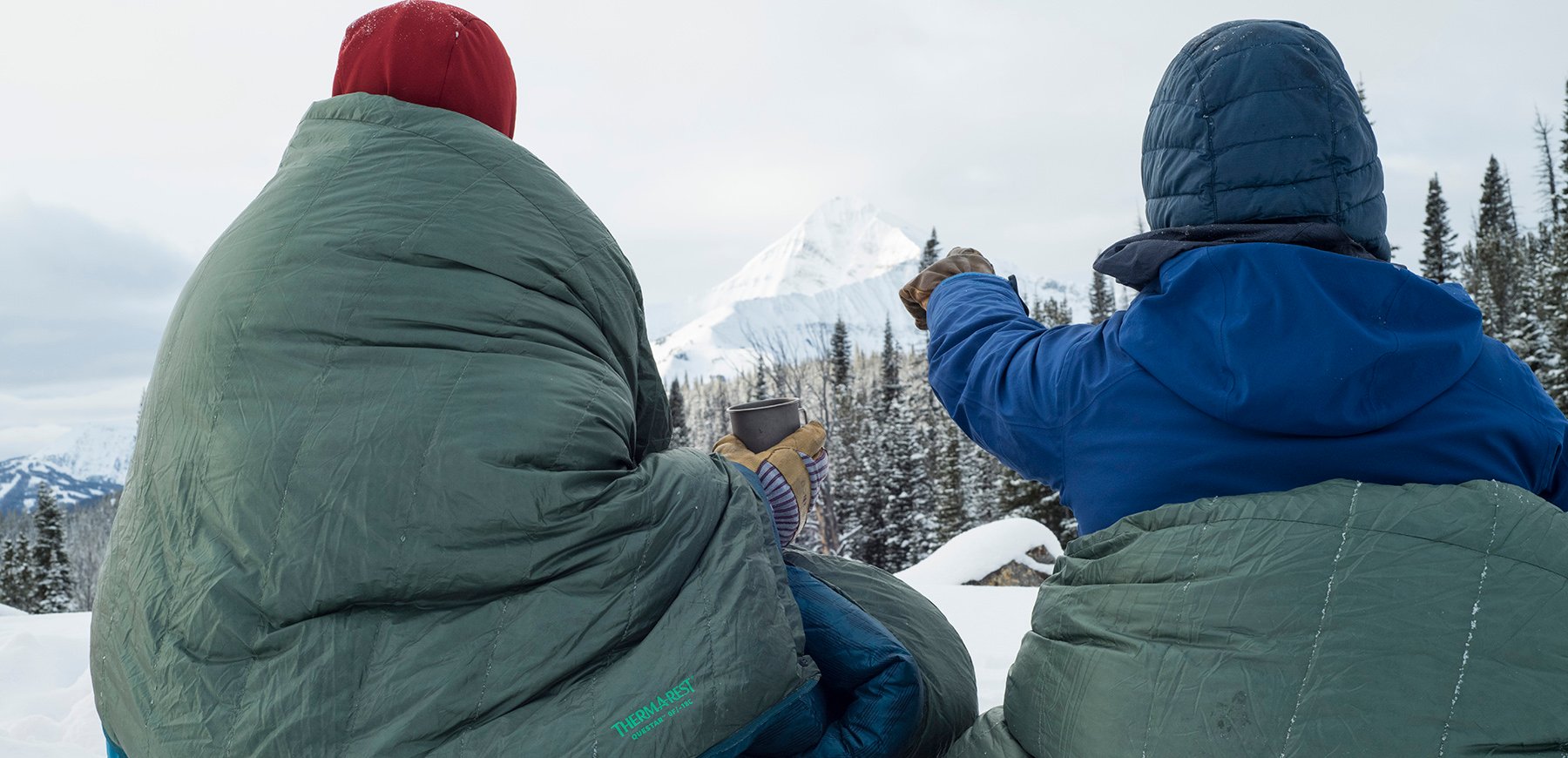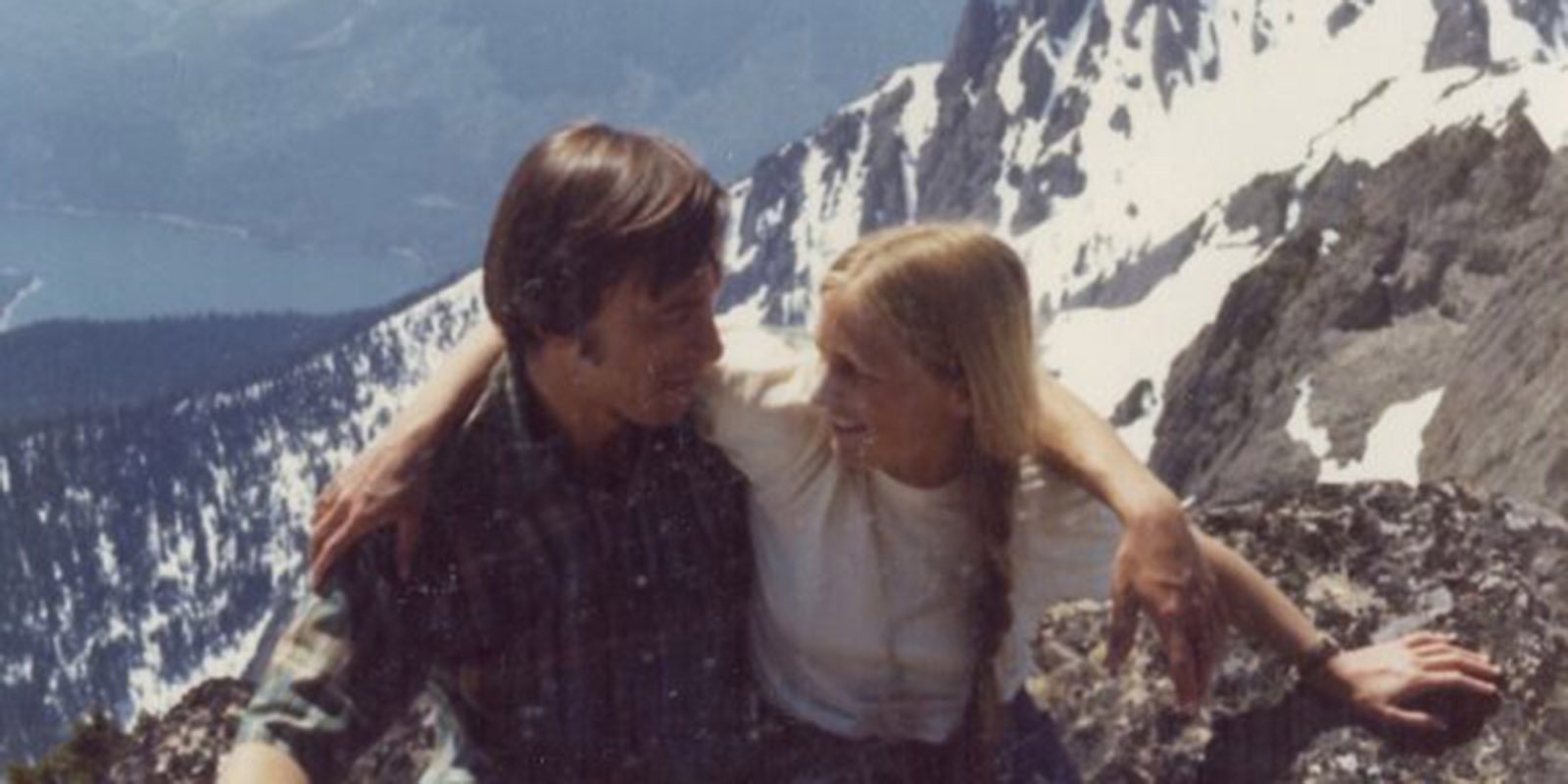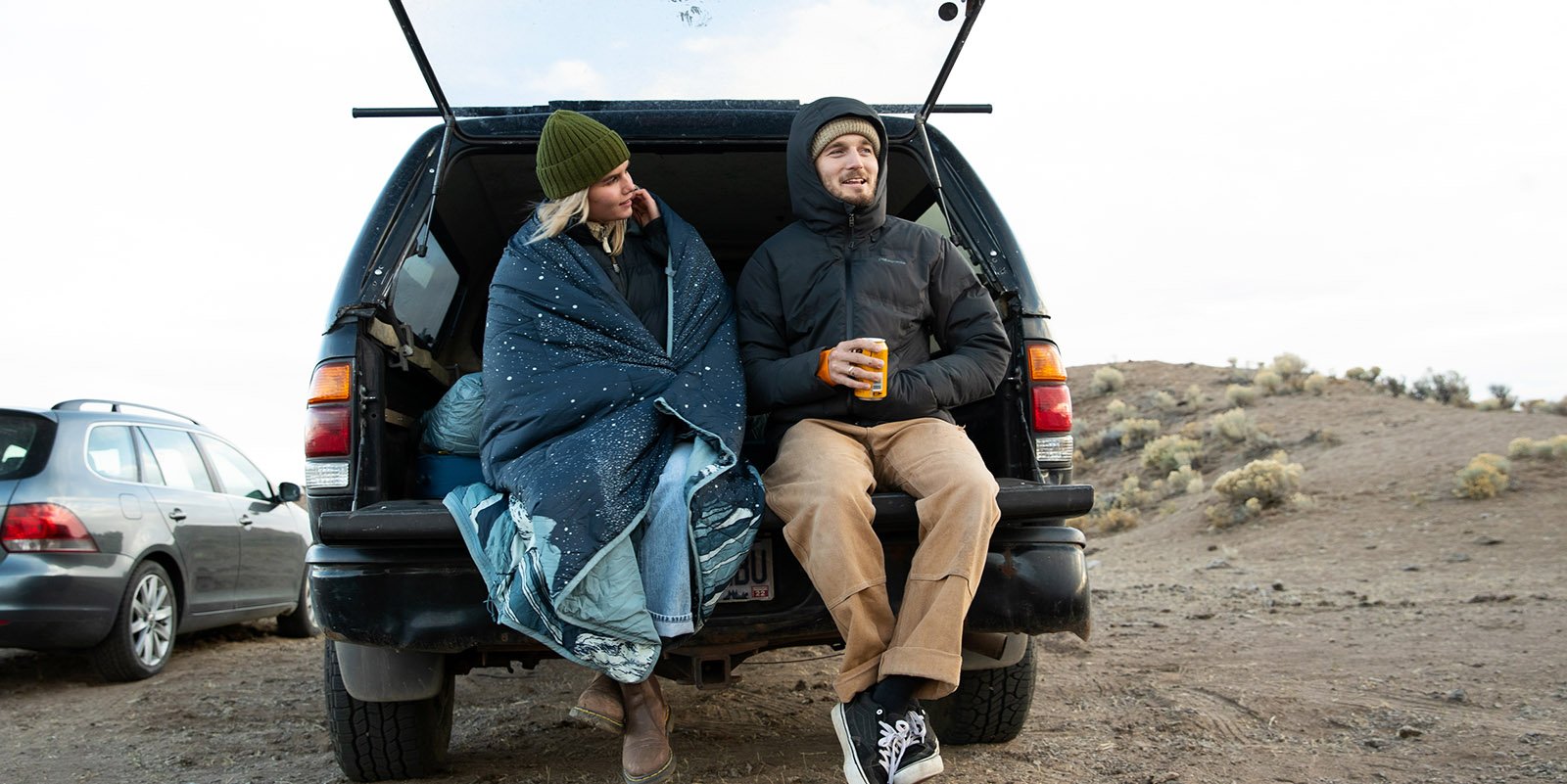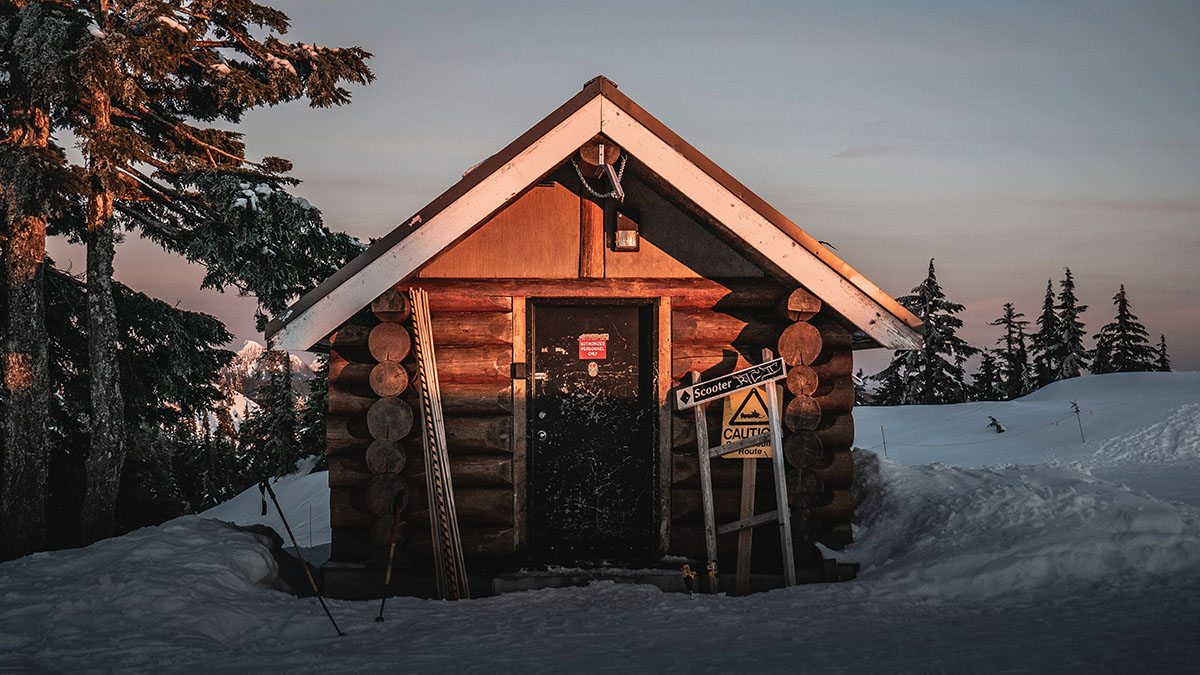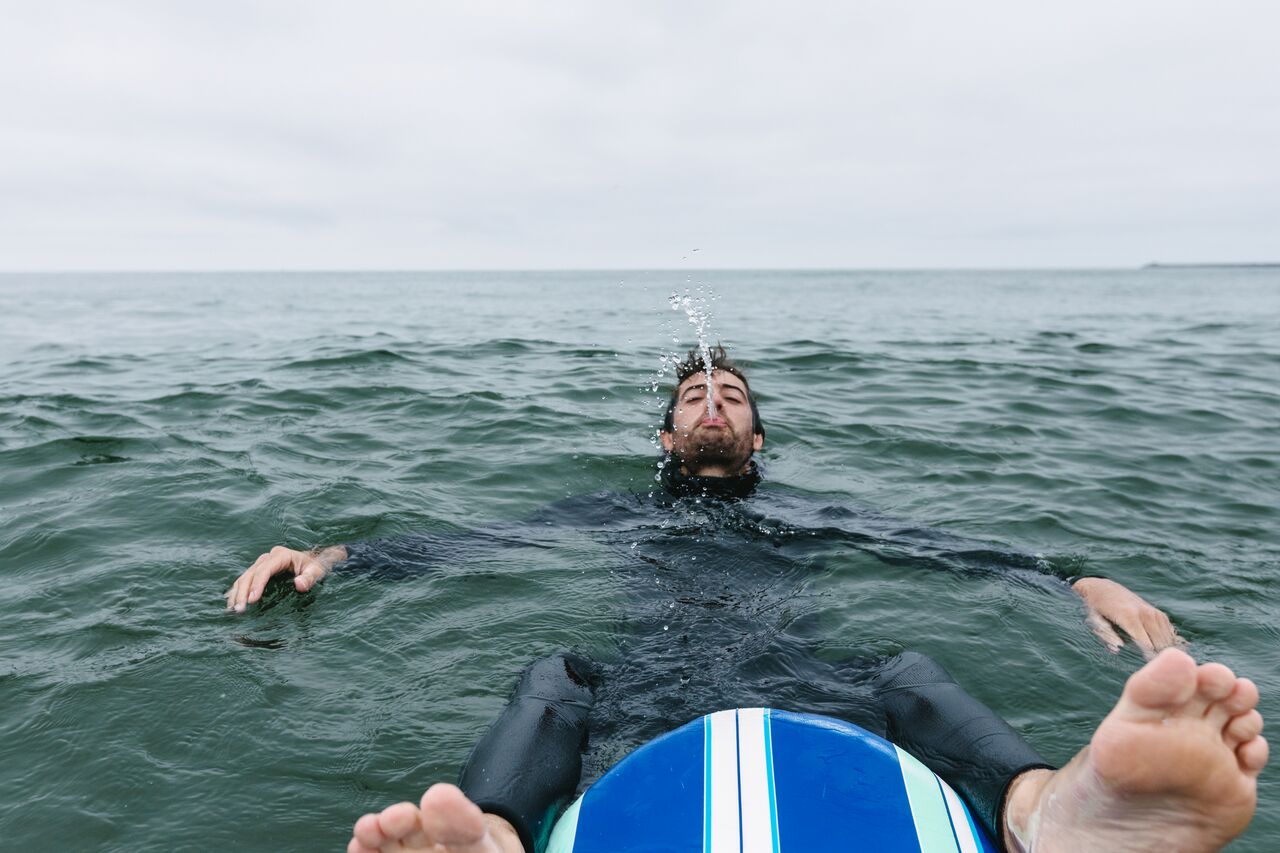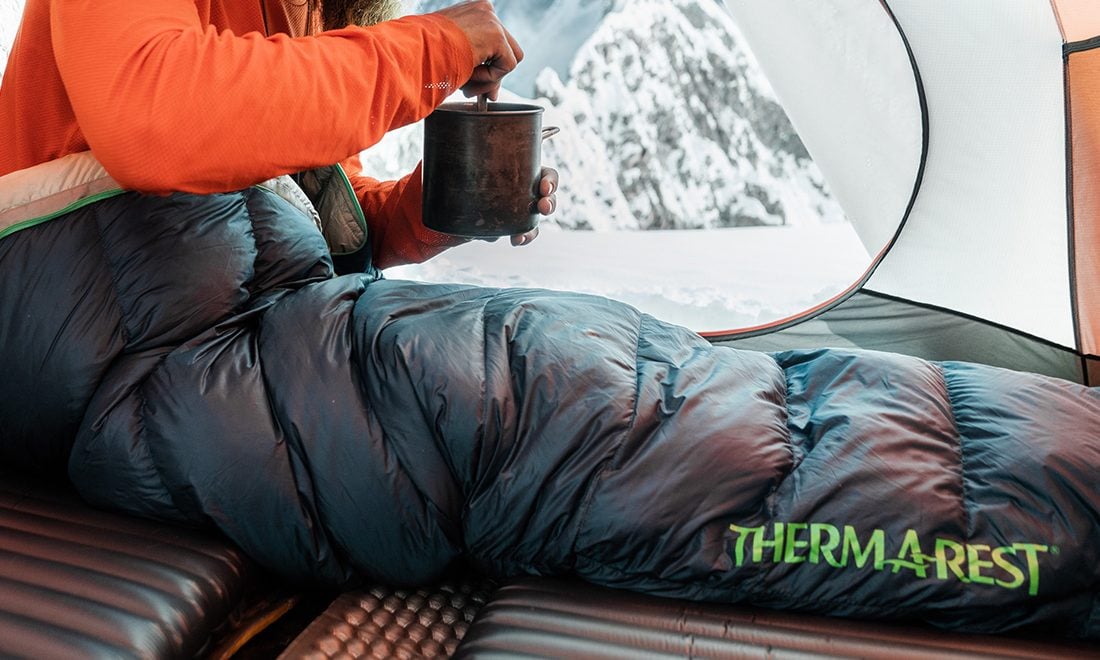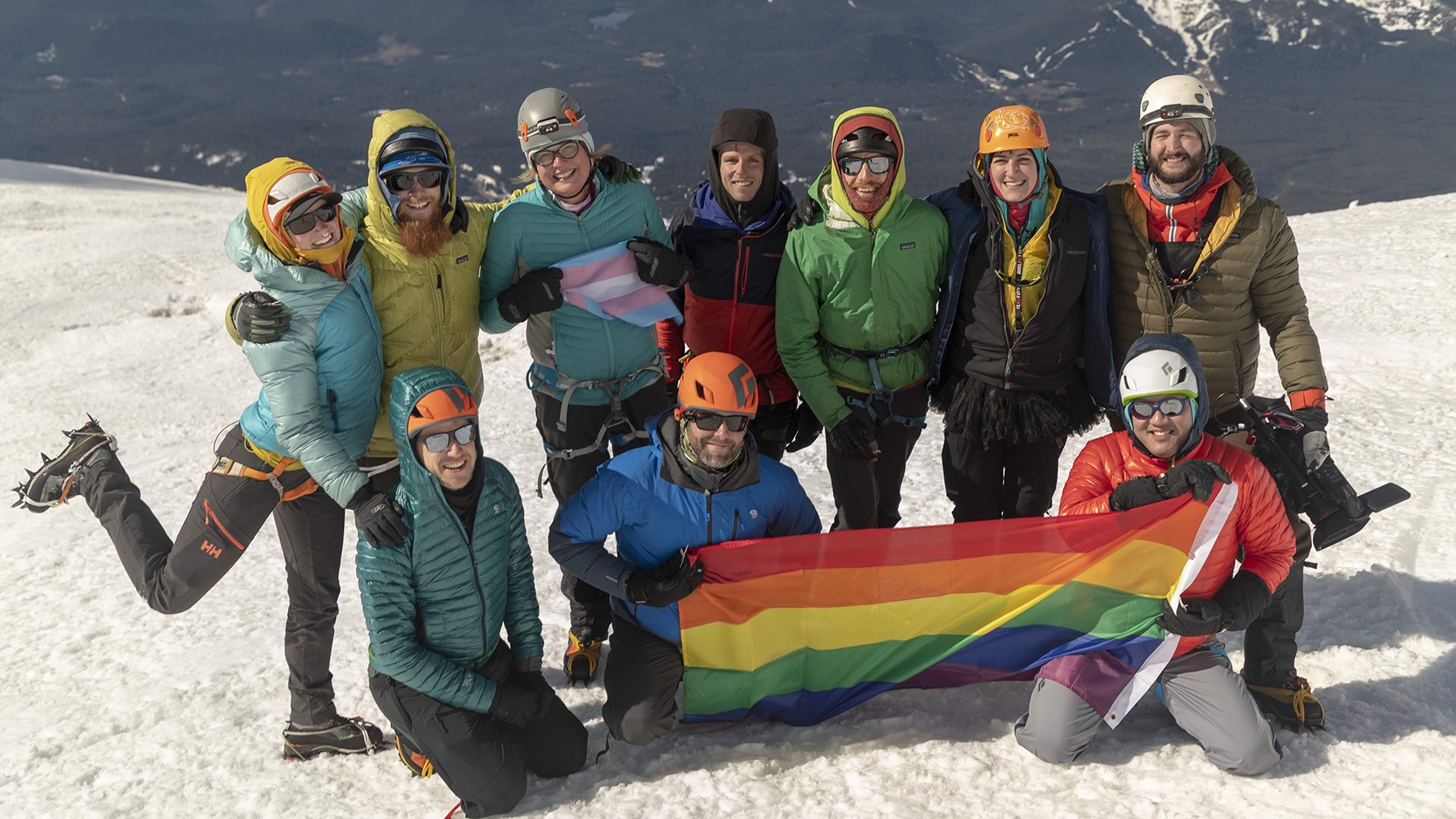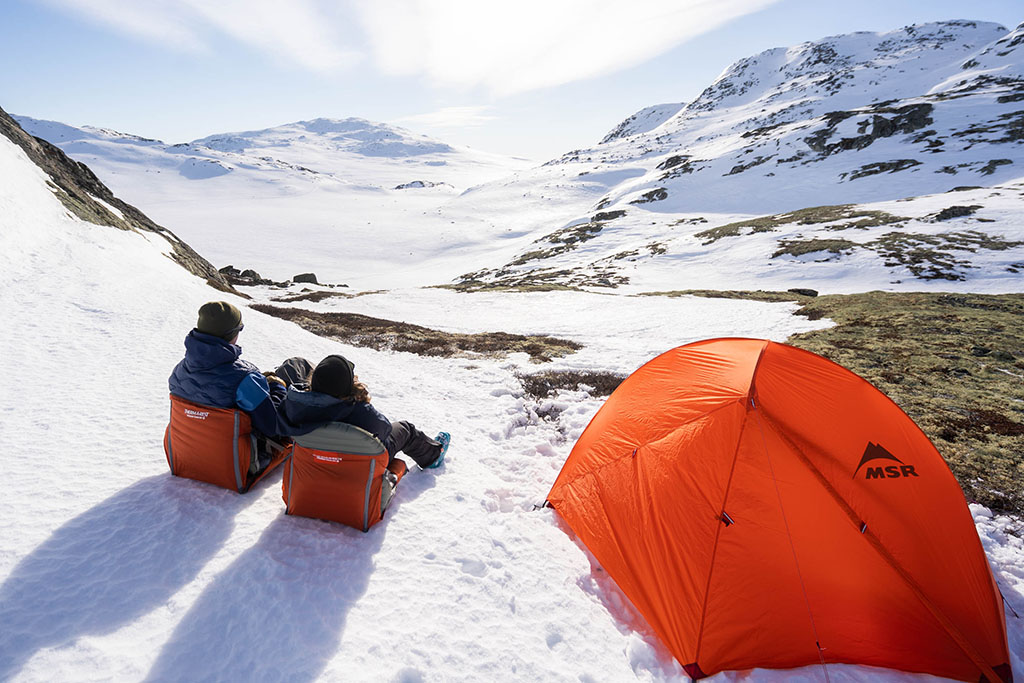I have led ‘Last Degree’ expeditions to the Geographic North Pole for the past two years. Starting at the 89th parallel, we ski and snowshoe 60 nautical miles, encountering pressure ridges, thin ice and open water along the way. Depending on the ice conditions and drift, it takes roughly eight days. While substantially shorter in both scale and scope of a full journey (which covers 500 nautical miles and takes nearly two months) this is still a formidable adventure with palpable danger and risk.
On the Arctic Ocean we experience cold like nowhere else. There is an exponential intensity to these temperatures that can make our lives almost unbearable at times. Simple acts like zipping a jacket or going to the bathroom can feel like near death experiences. For many of my clients, sleeping in these conditions can be an intimidating endeavor.

In 2010, I spent 51 days skiing (and snowshoeing and swimming) to the Geographic North Pole with a taciturn Canadian search and rescue specialist named Darcy St. Laurent. It was 55 degrees below zero at the start of our expedition and each day felt like a pitched battle for survival. At those extreme temperatures, hypothermia and frostbite are a constant threat.
Pulling our heavy expedition sleds through the cracked, fractured and pressured ice on the Arctic Ocean toward the pole was grueling and back breaking. Each night in the tent, we were so exhausted that we barely spoke while melting snow, drying gear and eating dinner. That is until we started to prep our sleeping bags for a night at 40 below. Instantly, Darcy transformed into a bubbly conversationalist, laughing and commenting on the day’s hardships.

Eventually, we came to call this moment before going to sleep ‘Happy Time’ in honor of Darcy’s nightly commentary and enlightened mood.
On our 2014 unsupported North Pole expedition, my expedition partner Ryan Waters observed, while zipping into his sleeping bag one night, “It’s the only time on a North Pole expedition where you can relax.”
He’s right. These types of expeditions are so incredibly difficult that every act is a huge effort—even on my shorter guided adventures.
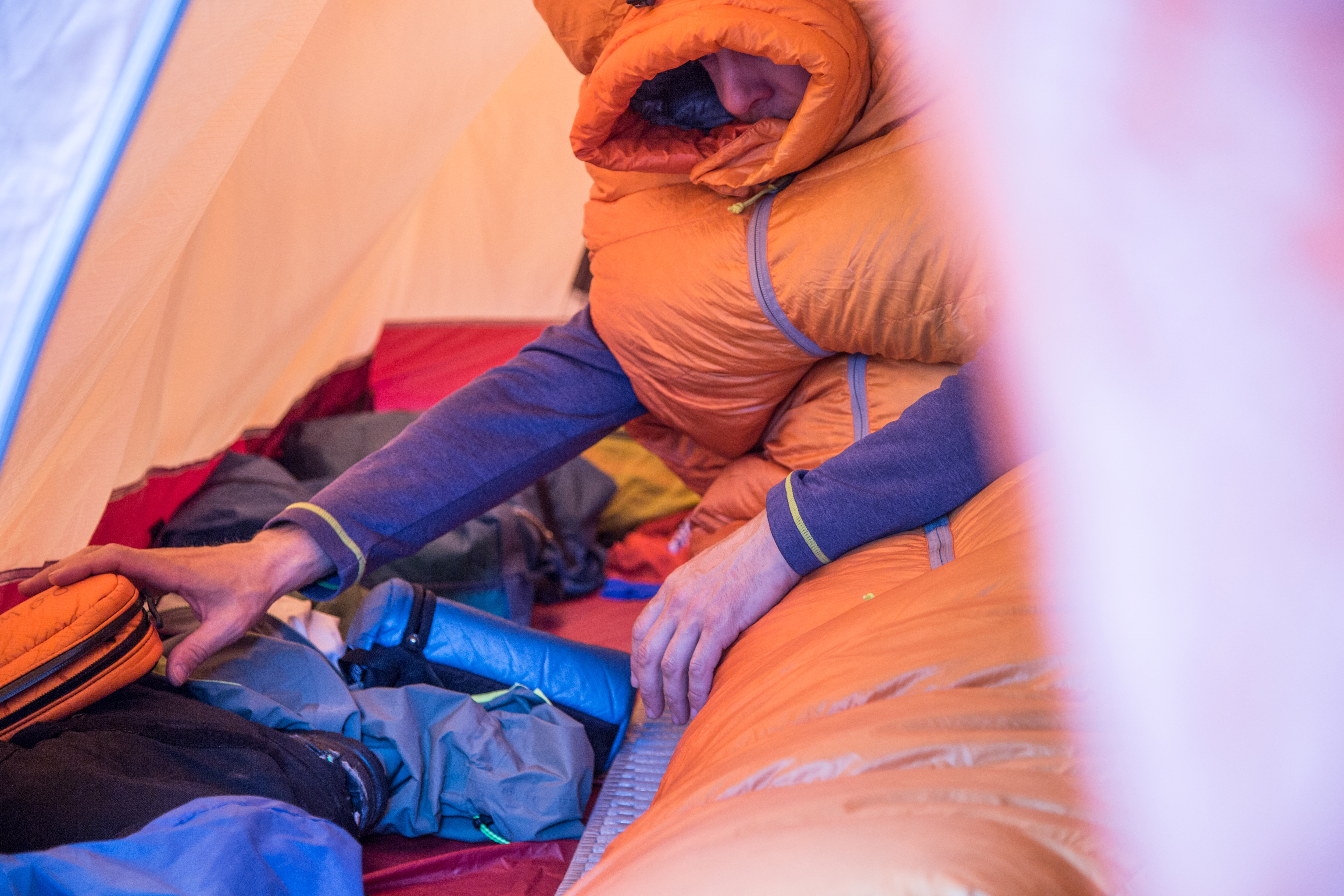
On big polar and mountaineering expeditions, getting eight hours of sleep each night is so important that we base our whole travel schedule around it. Anything less, and we jeopardize both the success and safety of our adventures. I call this type of expedition “Death by 1,000 cuts” because each day we lose a little bit of energy that we never get back. A good night’s sleep slows that downward spiral and allows us to move forward.
For this years expedition, I brought the new Therm-a-Rest Polar Ranger sleeping bag. I had worked with the design team to help craft a bag suited for polar expeditions. With temperatures hovering at roughly 40 below, I was exceptionally pleased with the overall function and design of the bag. I can’t even begin to describe how warm and cozy I was each night, despite the extreme cold. I slept better on that expedition than I had in my bed at home in Colorado!
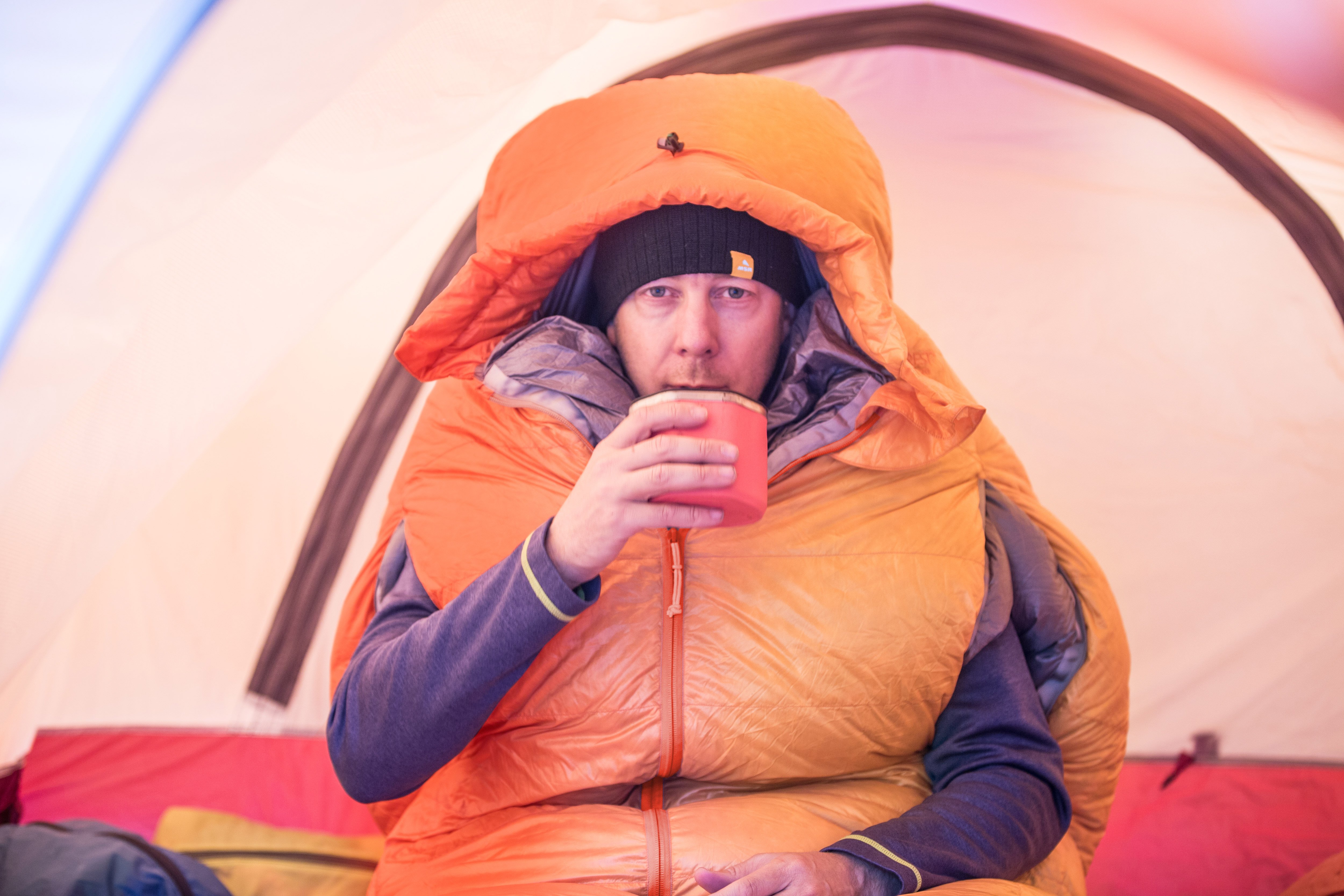
Each morning we take a small brush and sweep the walls of the tent. It’s so cold and so humid here that a layer of frost crystals form on the inside of the entire tent. It’s hard to understand the extent of the of the discomfort that this creates because you rarely get this much frost in tents anywhere in the world. In fact, it’s difficult to comprehend any of the difficulties we experience on an expedition like this unless you’ve lived it. Our sleeping bags provide a critical line of defense and protection against these extreme conditions.
“Now I understand why what you were talking about and why we put all our clothes and gear in stuff sacks at night,” my “Last Degree” client Victor commented as a deluge of frost crystals poured over him and his sleeping bag.
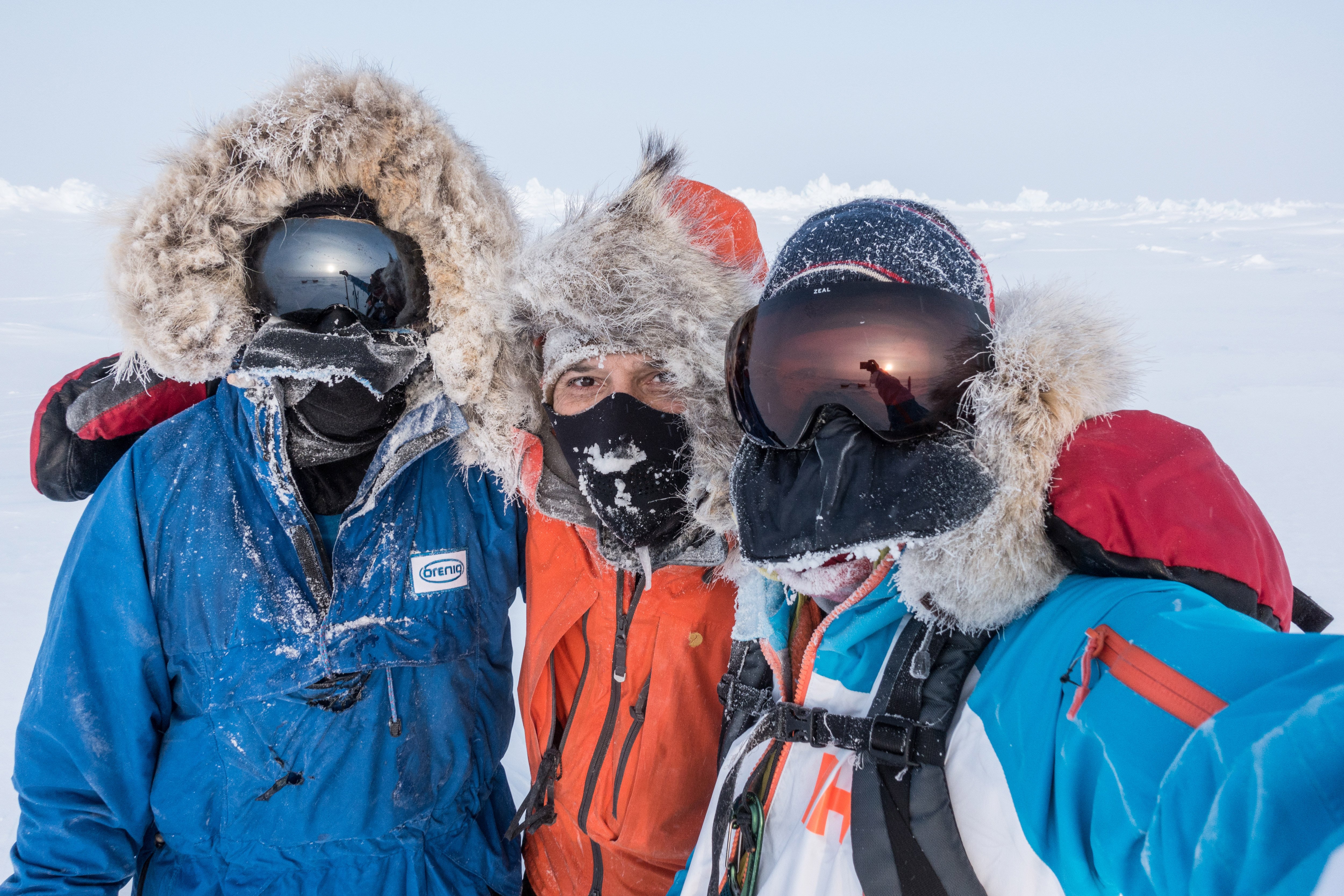
Sometimes I call this expedition the Arctic Ocean Fun Fest, but I don’t really mean it. It’s a difficult journey for sure, but working through difficult situations and successfully reaching our goal is a huge reward.
As hard as any day gets, each night we are treated to ‘Happy Time’ when we climb into our warm Therm-a-Rest sleeping bags and relax for eight amazing hours.
